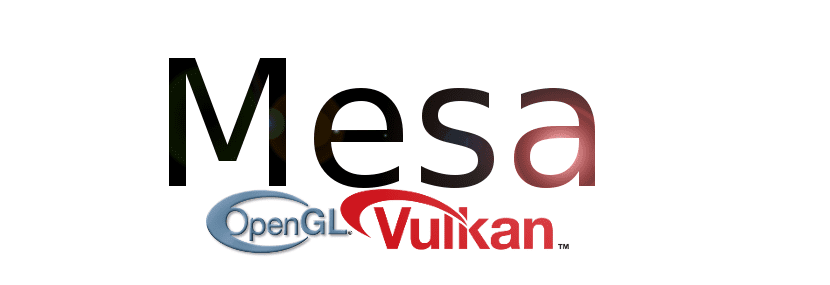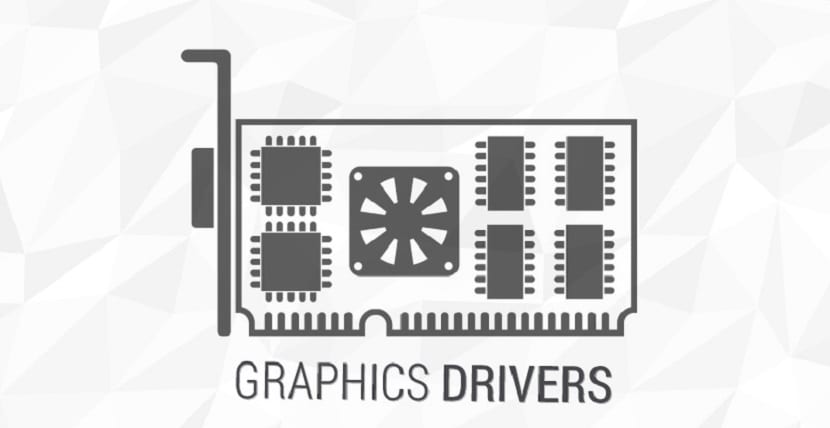
Recently The new update version of the open source graphics stack Mesa 19.1.0 was released with various bug and stability fixes, but Above all, it comes with support for a large number of graphics cards.
Controllers MESA are the open source Linux software drivers available for AMD, NVIDIA and Intel hardware. Mesa's project began as an open source implementation of the OpenGL specification (a system for rendering interactive 3D graphics).
Over the years, the project grew to implement more graphics APIs, including OpenGL ES (versions 1, 2, 3), OpenCL, OpenMAX, VDPAU, VA API, XvMC, and Vulkan.
A variety of device drivers allows Mesa libraries to be used in many different environments, from software emulation to complete hardware acceleration for modern GPUs.
Mesa implements a vendor-independent translation layer between a graphics API such as OpenGL and the graphics drivers in the kernel of the operating system.
In addition to 3D applications such as games, graphics servers use OpenGL / EGL calls to produce the image on the screen.
What's New in Mesa 19.1.0
The first version of the Mesa branch 19.1.0 has an experimental state: After the final stabilization of the code, a stable version 19.1.1 will be released.
Table 19.1 provides full OpenGL 4.5 support for i965, radeonsi, and nvc0 drivers, Vulkan 1.1 support for Intel and AMD cards, as well as partial support for the OpenGL 4.6 standard.
With that the new Iris driver developed by Intel has been included. Unlike the i965, the new controller is based on the Gallium3D architecture, which places memory management tasks on the DRI controller side in the Linux kernel and provides a ready-made health tracker with support for reuse cache of output objects.

The new controller only supports GP8 based on Gen8 + microarchitecture (Broadwell, Skylake) with HD, UHD and Iris GPUs.
In pilot testing iris performance 3 to 15 times ahead of i965, depending on test mode. On average, Iris shows that it draws 5,45 times more objects per second than the i965 controller.
When running real programs, the performance gain is not that impressive (in one of the demos the increase is around 19%, and in some demos it is i965).
Classic i965 Controller Expands Support for Gen 11 Chips and adds support for the Elkhart Lake SoC graphics subsystem.
The framework included the Mali 400/450 GPU driver, used in many older ARM-based chips.
Other changes
Added Panfrost driver for GPU based on Midgard microarchitectures (Mali-T6xx, Mali-T7xx, Mali-T8xx) and Bifrost (Mali G3x, G5x, G7x) used in many devices with ARM processors.
The RADV (Vulkan Driver for AMD Cards) driver adds support for VESA Adaptive-Sync (FreeSync) technology, which allows you to adaptively change the monitor's refresh rate to ensure seamless, gap-free output.
Of the other additions that stand out we find:
- Added new Vulkan-driver TURNIP for Qualcomm Adreno GPU
- Support for the OpenGL 4 extensions has been added to the Softpipe driver (a software rasterizer based on Gallium3D): ARB_gpu_shader5, ARB_ES3_1_compatibility, OES_geometry_shader, OES_primitive_bounding_box, OES_texture_cube_map_array and Until OpenGL 4.0 is fully supported by implementing the extensions,
- GL_ARB_gpu_shader5, GL_ARB_sample_shading and GL_ARB_tessellation_shader;
- Added support for the ATC texture compression format used by Qualcomm and AMD GPUs
- The performance of the Gallium Nine status tracker, which provides support for API Direct3D 9 for Unix-like systems and is commonly used to run Windows games with Wine, has been increased.
Also, you may notice the addition to the branch, which will form the basis for the Mesa 19.2 release, the implementation of the GL_KHR_robustness extension for the Gallium3D R600 driver, which was the last missing link to support OpenGL 4.5.
Hence, the R600 became Mesa's fourth controller with OpenGL 4.5 support. OpenGL 4.5 support on the R600 is only available for the Radeon HD 5800/6900 GPU.